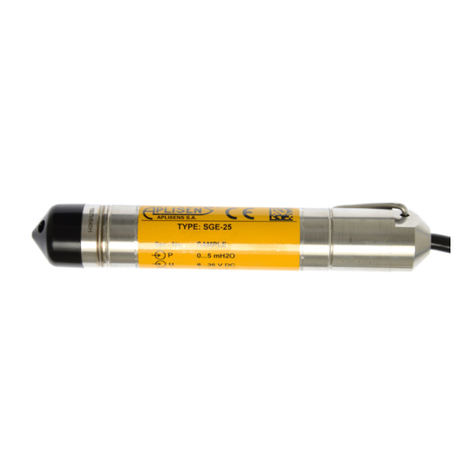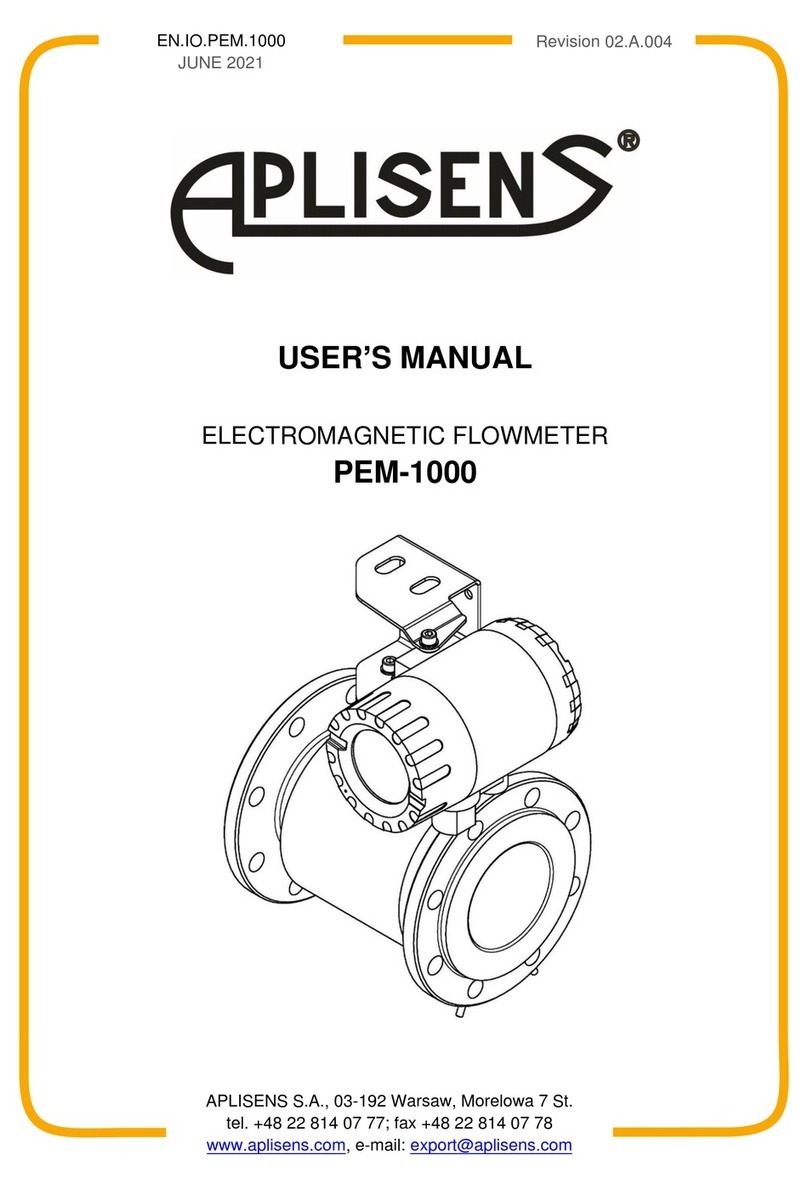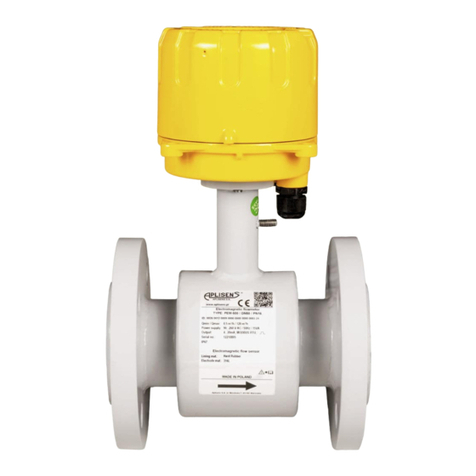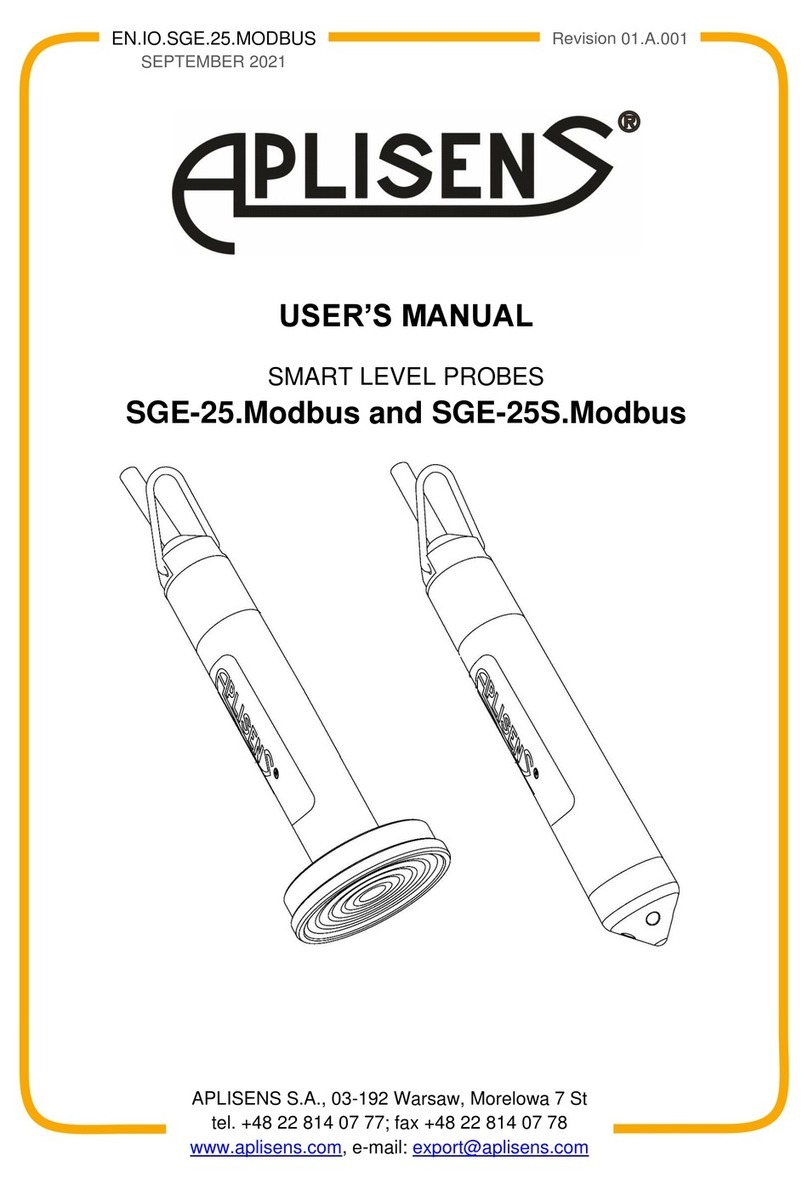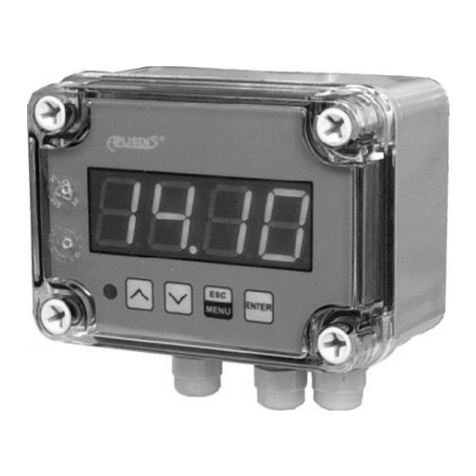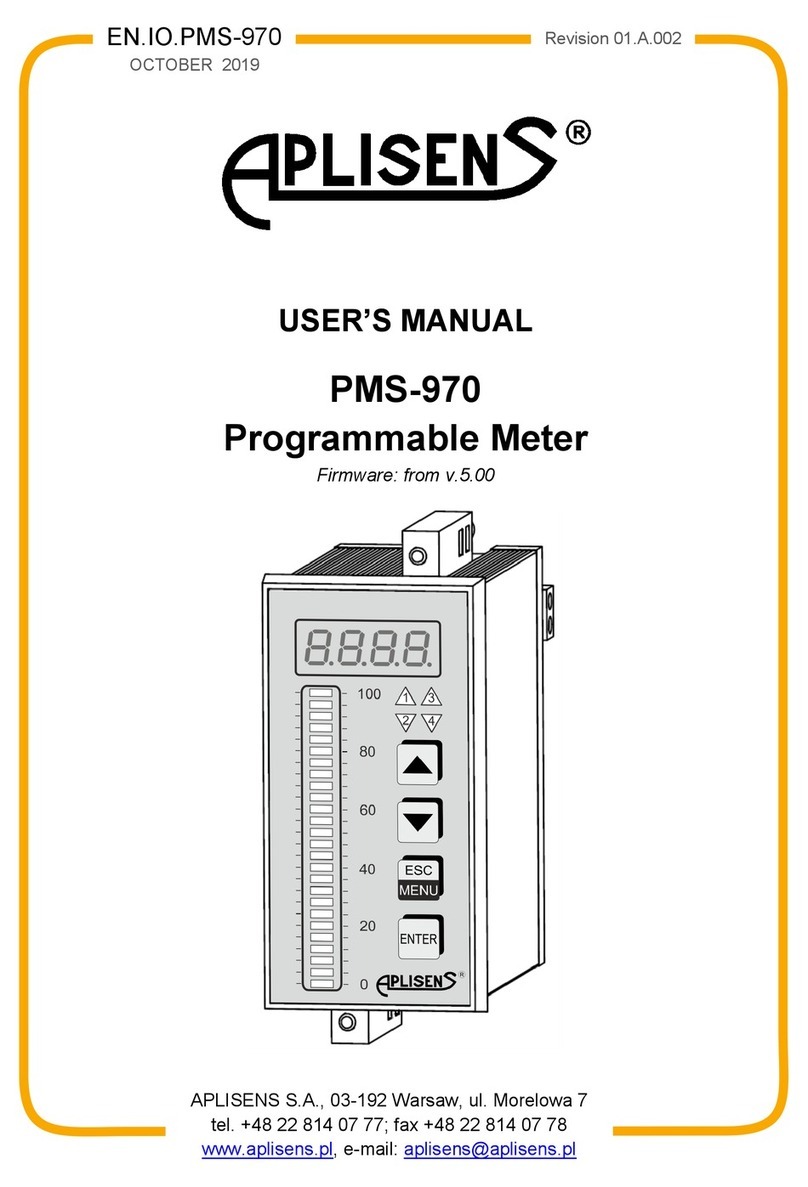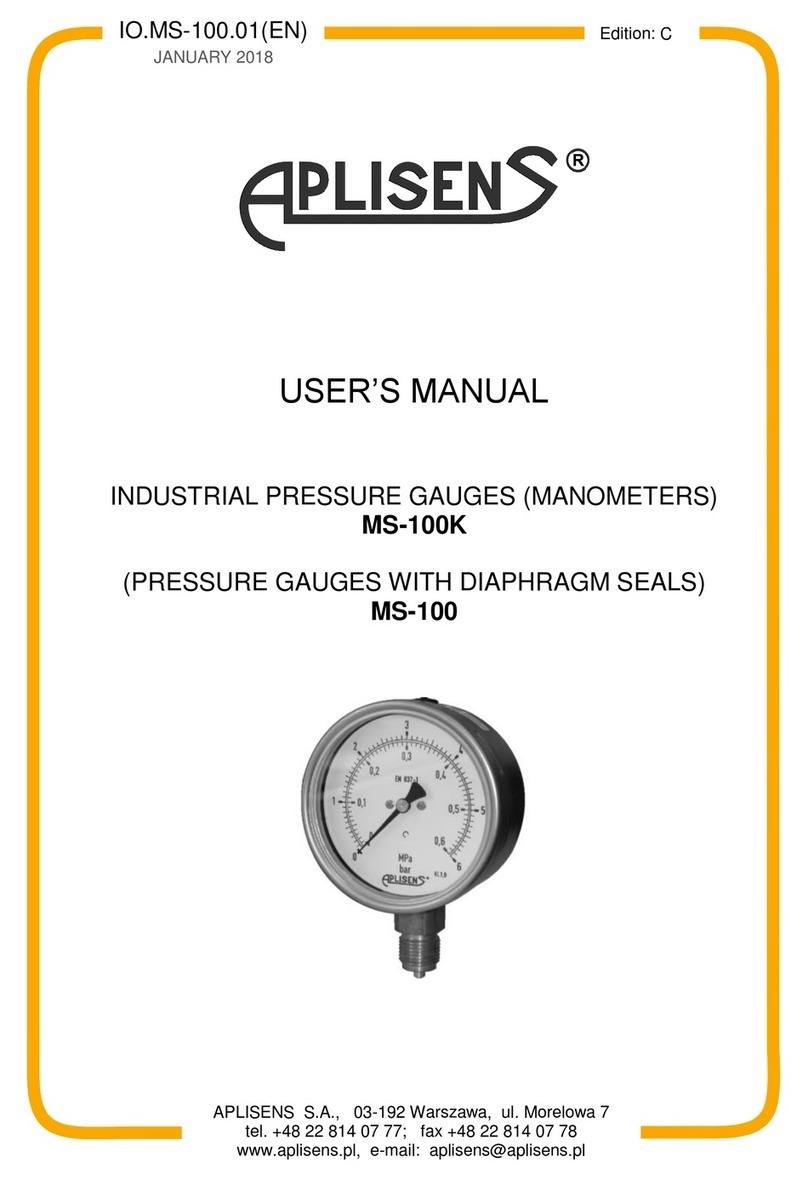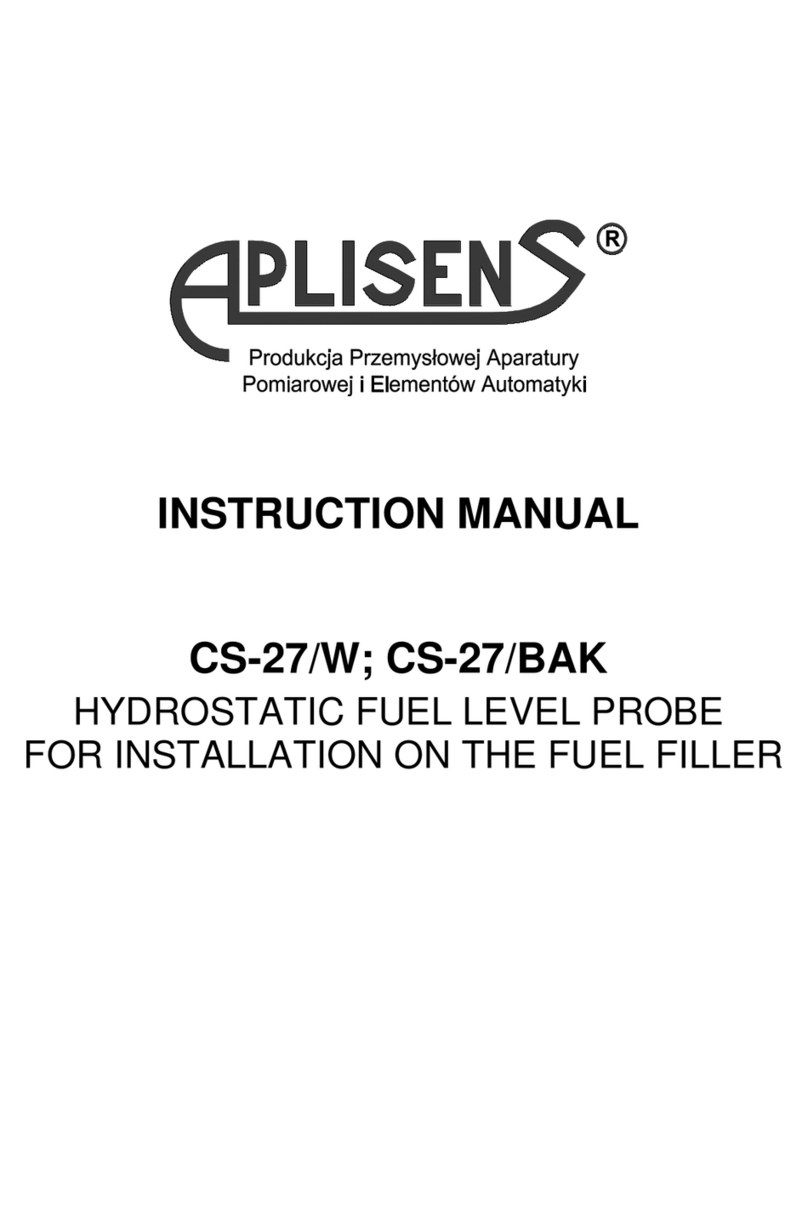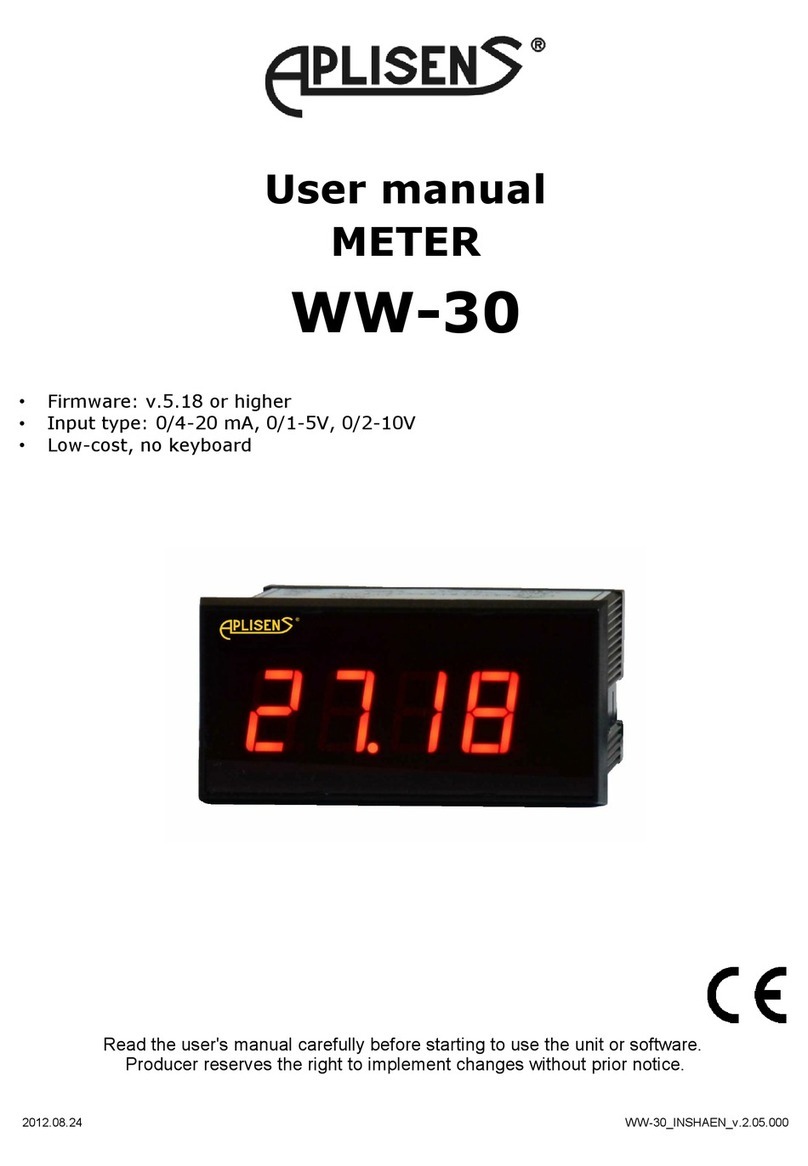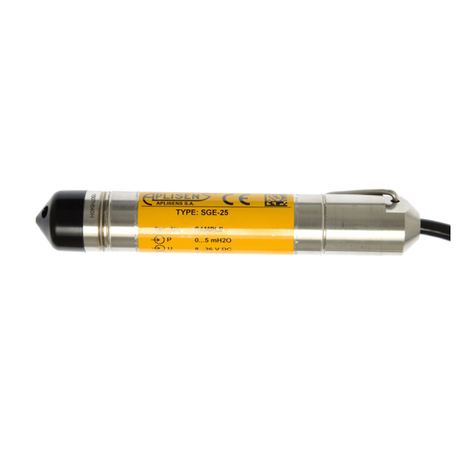02.A.003 3
TABLE OF CONTENTS
1. INTRODUCTION..........................................................................................6
2. SAFETY.......................................................................................................6
3. COMPLETENESS LIST...............................................................................6
4. TRANSPORT AND STORAGE....................................................................7
4.1. Transport.....................................................................................................................7
4.2. Storage .......................................................................................................................7
5. WARRANTY ................................................................................................7
6. DESIGN .......................................................................................................7
6.1. Intended use and properties .......................................................................................7
6.2. The operating principle................................................................................................8
6.3. Design and dimensions...............................................................................................9
6.3.1. The sensor design..............................................................................................10
6.3.2. Electrodes..........................................................................................................13
6.3.3. The converter design .........................................................................................14
6.4. Identification markings ..............................................................................................15
7. ASSEMBLY...............................................................................................16
7.1. General recommendations........................................................................................16
7.2. Recommended assembly method for the sensor......................................................17
7.3. Assembly of the compact version of the converter....................................................18
7.4. Assembly of the remote version of the flow meter.....................................................19
8. CONNECTION...........................................................................................20
8.1. Electrical connection of the flow meter......................................................................21
8.1.1. Power cable .......................................................................................................22
8.3. Earthing.....................................................................................................................25
8.3.1. Protective earth..................................................................................................25
8.3.2. Functional earthing.............................................................................................26
9. START-UP.................................................................................................28
10.TECHNICAL PARAMETERS.....................................................................28
10.1. Electrical connections ...............................................................................................28
10.1.1. Output signals....................................................................................................28
10.1.2. Power supply......................................................................................................28
10.2. Protection class.........................................................................................................28
10.3. Technical parameters................................................................................................29
10.3.1. Technical specification of the sensor .................................................................29
10.3.2. Technical specifications of the converter ...........................................................30
10.4. Reference conditions ................................................................................................31
10.5. Metrological parameters............................................................................................31
10.5.1. Standard measuring ranges...............................................................................31
10.5.2. Table of volumetric flows calculated for the characteristic flow velocities of the
medium for the versions with flanges according to DIN..................................................33
10.5.3. Available pressure ranges acc. to DIN, ANSI for operation of the flowmeters for
the individual versions for DN flanged connections........................................................35
